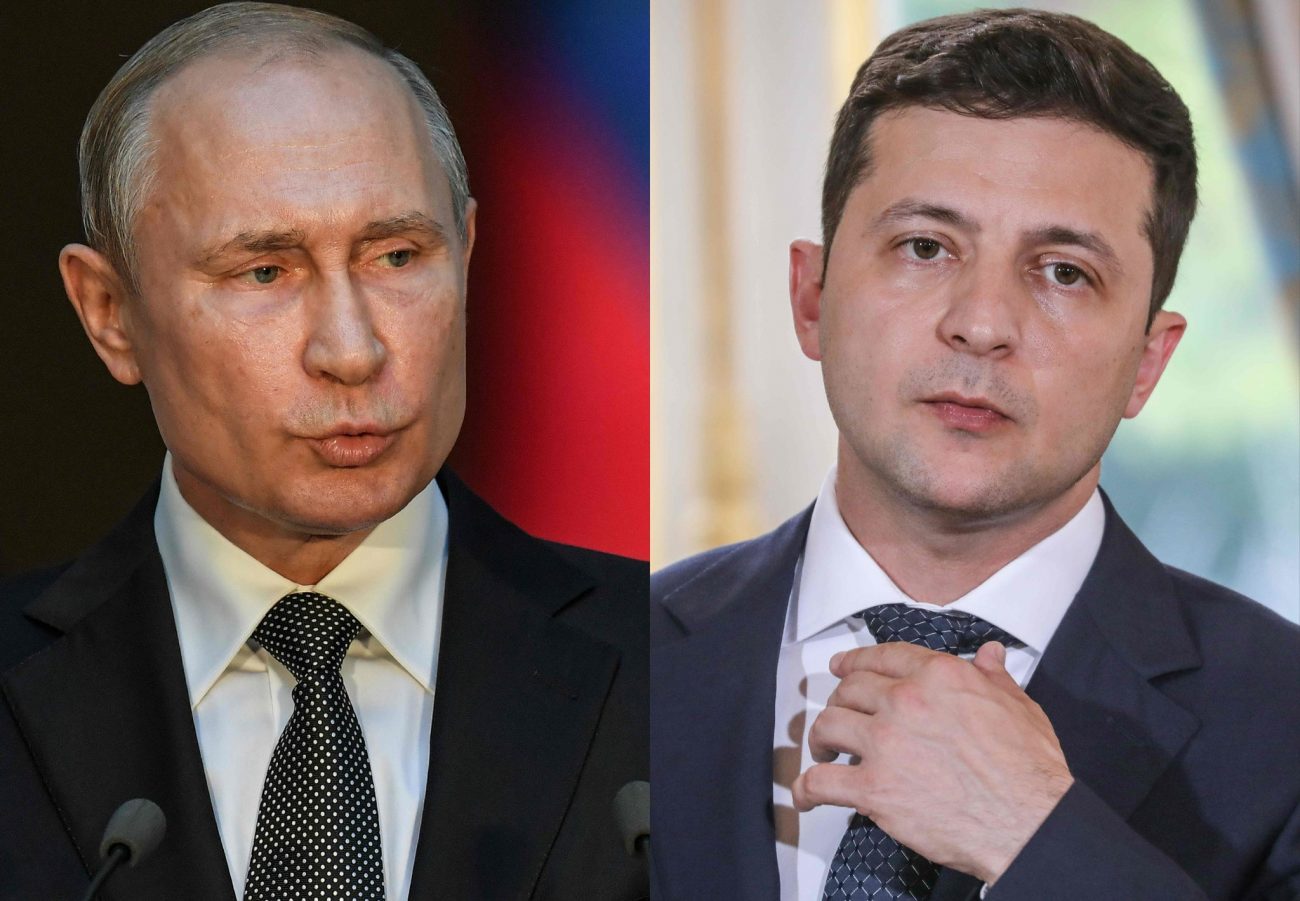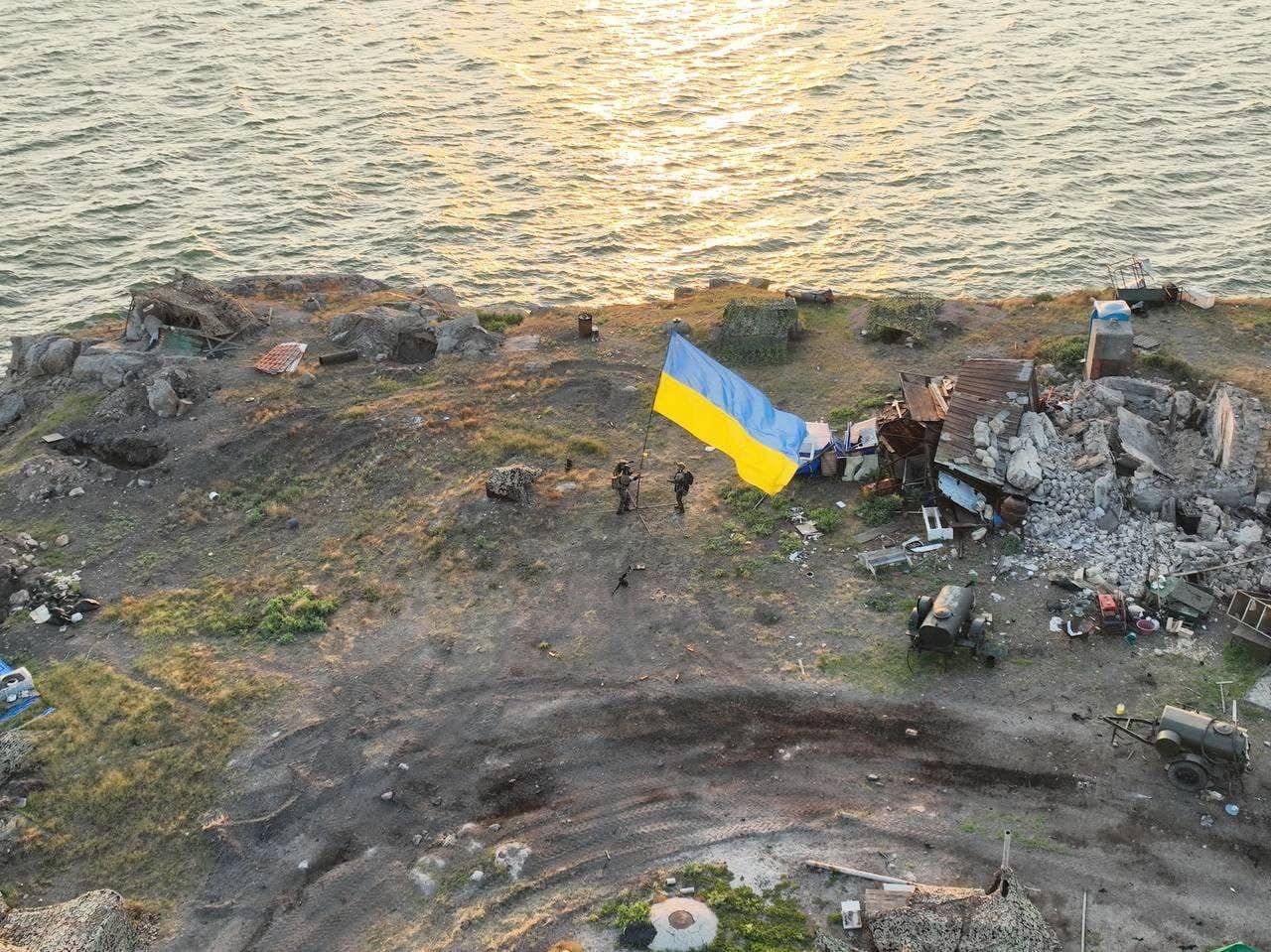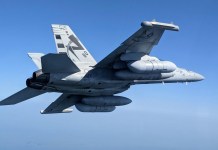Ukraine has released a video of its strike on one of the Russian controlled-oil rigs on June 20 in the Black Sea near Snake Island, part of its second failed attack, before finally forcing the Russians to leave on June 30 in the third attempt.
While Russia did evacuate as a “gesture of goodwill” to allow halted grain trade at Ukrainian ports, it later attacked the island when Ukrainian soldiers tried basing themselves, revealing its plan to control the island from afar to avoid hostilities.
However, curiously, a report on July 7, Ukrainian soldiers had to leave after planting a flag on the island following a Russian assault, leaving the island totally unoccupied.
This means the island has not actually changed hands and has been merely tactically given up by one (Russia) to prevent the war from acquiring a naval dimension and engulfing the Black Sea.
This report pertained to Ukraine attacking one of the Russia-controlled oil rigs near Snake Island as a part of its campaign.
????⚡️Ukraine has struck Chernomorneftegaz drilling platforms in the Black Sea owned by a Crimea-based oil and gas company.
109 people were on the drilling rig at the time of the impact, 21 of them have been evacuated.
The rigs are located 71km off Odessa. pic.twitter.com/NH6c2tjOpd— Ukraine War Report?? (@UkrWarReport) June 20, 2022
Previous Ukrainian Attempts
In the first Ukrainian attack on May 8, Russia claimed to have destroyed three Sukhoi Su-24 ground attack jets; one Su-27 fighter; a Mi-24 helicopter; three Mi-8 loaded with troops, and; three Centaur-class attack boats killing more than 50 Ukrainian troops.
In the second Ukrainian attempt on June 21 to take the island, their claim was also vague on details, with information only on the weapons platforms used – Tochka-U ballistic missiles, Uragan Multiple Rocket Launch Systems (MLRS), and US-made M-777 155 mm howitzers from the Kubansky Island, west of Odessa.
In contrast, the Russian Ministry of Defence (MoD) had listed having destroyed 15 Ukrainian UAVs, including two TB-2 Bayraktar drones, four Tochka-U missiles and 21 Uragan Multiple Rocket Launch Systems (MLRS) in what it described as a “mad attack.”
“Not a single Ukrainian missile or bomb reached its target (with the) failed strike forcing the enemy to abandon the landing,” the Russian MoD added.
It also claimed to have detected a US Air Force’ Global Hawk’ RQ-4 at high altitudes and said the UAF drones were provided cover by S-300 surface-to-air missiles from the towns of Tuzla and Ochakov.
A spokesperson for the UAF’s Southern Command, Natalia Humenyuk exercised caution, saying the assessment “required silence” with the “enemy losses being verified,” and any further information compromising operational security given the Russians were “continuously listening.”

In the third attack on June 30 using “artillery, rocket and aviation strikes” which the occupying Russians were not able to “withstand,” UAF Commander-in-Chief Lieutenant-General Valeriy Zaluzhnyy released another video on June 1, showing VKS Sukhoi Su-30 fighters undertaking a bombing run.
However, a day later, he slammed Russia for going back on its words, and warned: “everyone (with) these facts (before entering into an) agreement with Russia.”
#Ukraine: Yet more drama in the saga of Snake Island; this time it is the turn of Su-30SM jets of the Russian Naval Aviation force to hit the rock, presumably to destroy any equipment left behind.
However, unlike the Ukrainian Su-27 strike just weeks ago, 3 of 4 bombs missed. pic.twitter.com/eCA1oE8RIV
— ?? Ukraine Weapons Tracker (@UAWeapons) July 1, 2022
Here too, Humenyuk cautioned about it being “too early” to establish an outpost there and clarifying that their “forces (had not) landed there yet,” besides being unsure if Russian troops had withdrawn completely, indicated it was a mere symbolic victory.
She later said an “investigation” was necessary into possible “diversion tools” left behind by Russia before claiming back the island.
The spokesperson, however, did celebrate the UAF strikes too, saying the Russians “gathered their things and got out as soon as they could” after “truly understanding” the impact of UAF’s powerful “rocket artillery assault.”
That Russia wouldn’t entirely give up a key strategic outpost like Snake Island (or Zmeiny as Russia refers to it) that controls the northern Black Sea’s approaches to Odessa, reflected in Russia’s State Duma’s (Parliament) Alexei Chernyak’s statement that the island was now under the control of their “missiles, fleet and aerospace forces.”

Ukrainian Soldiers Plant Flag & Leave
According to US media reports, on July 7, a week after the Russian withdrawal, combat swimmers of the 73rd SOF Maritime Center of the Armed Forces of Ukraine approached the island on underwater carriers. After clearing the surrounding waters of mines, Russian vessels headed toward Snake Island.
Their mission was completed, and the Ukrainian SOF troops left the island before a Russian missile strike destroyed one of the piers.
Given the vulnerability of the island, though Ukraine SOF visited the rock for a few hours, it is unlikely either side will be able to have a permanent garrison there, at least for now.
- The author can be reached at satamp@gmail.com
- Follow EurAsian Times on Google News




